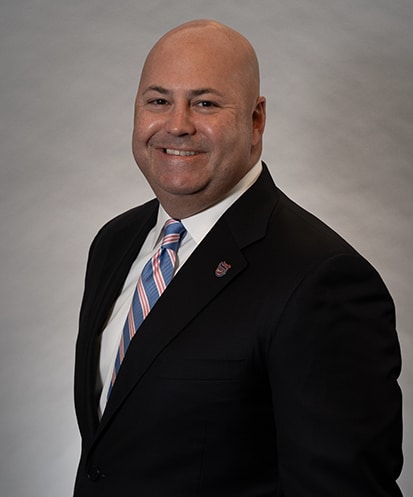Ferguson v. United States Government: A Case Review
 The caption of this case was originally Ferguson v. United States Government, Anonymous Hospital and Anonymous Physician. The Hospital and Physician both settled. The Government, however, who was effectively representing the pediatrician, would not engage in meaningful negotiations. The case was tried in the Northern District for West Virginia, “non-jury” because of the Federal Tort Claims Act.
The caption of this case was originally Ferguson v. United States Government, Anonymous Hospital and Anonymous Physician. The Hospital and Physician both settled. The Government, however, who was effectively representing the pediatrician, would not engage in meaningful negotiations. The case was tried in the Northern District for West Virginia, “non-jury” because of the Federal Tort Claims Act.
Many women in this part of West Virginia utilize the Shenandoah Health Facility. It has physicians of many specialties including OB/GYN’s, pediatricians and a large number of midwives. The prospective patients are not told nor is there anything posted that in any way suggests that by utilizing the services of the clinic that the women would be waiving a right to trial by jury because of the Federal Tort Claim Act. None of the women that we have represented in the past who utilized the clinic said otherwise.
In this particular case, the mother received her prenatal care at the clinic and went to the hospital for a term delivery. When the child was born she had very low Apgar scores and was not breathing. A request was made for a respiratory therapist as is standard procedure at the hospital, but none showed up. The result was that the nurses intubated the child and suctioned meconium.
The child was then taken to the nursery. The hospital did not have a neonatal intensive care unit (NICU). The nurses were able therefore to resuscitate the child when a pediatrician from the clinic arrived to take over the case. Once she arrived she was aware of the history and knew that the child was still having respiratory difficulties as well as extremely low glucose readings. She considered sending the child to another center but decided to wait, return to her office nearby, and watch as the SO2s were low as were the glucose readings.
About 4 hours after taking charge of the baby she returned to the hospital with the intent of sending the child to a tertiary center with a NICU. She was then informed by one of the nurses that anonymous doctor was in the hospital (this being a Friday) and he was going to be starting an NICU unit the next week. There was no NICU at that time (nor would there be for several months) but the nurse suggested that anonymous doctor, being a neonatologist, might be able to help; notwithstanding he had no NICU.
The Shenandoah pediatrician talked to the anonymous doctor and then turned the care over to him. Neither the mother nor the grandmother were aware of the change in physicians. In fact, the neonatologist was not in any way employed by either the clinic or the anonymous hospital.
For the next 24 hours the child had episodes of cyanosis, extremely low SO2s, duskiness, etc.; and yet the child remained in the nursery. Eventually the anonymous doctor decided he would send the child to the tertiary center. They arrived with their mobile unit and immediately intubated the child, who had not yet been intubated, and began more oxygen resuscitation. It took approximately 30 minutes for the team to make its way to the tertiary unit where the child was immediately placed in the NICU and vigorously given oxygen to improve the respiration. The SO2 and the glucose were appropriately maintained. Unfortunately, the child had already developed hypoxic ischemic encephalopathy.
We utilized a pediatrician, a neonatologist, a physical medicine-neonatologist-pediatrician for causation, a life care planner, and an economist. We also were able to show that the Shenandoah pediatrician improperly transferred the child to the neonatologist, and that the violation of the standard of care for the Shenandoah pediatrician was essentially the failure to obtain proper care and treatment as was the standard practice, and sending this child to an NICU, which anonymous hospital did not have.
The interesting thing was that there were two mediations. The first defendant, i.e. the Hospital, and the last defendant, the neonatologist, did resolve the case for a confidential amount. The award of $7.1 million will be reduced by the amount of the prior settlement. The amount the Government will pay will be far in excess of the settlement that was reached with the other defendants, and far in excess of what it could have settled this case for. The court essentially granted every damage requested by the plaintiff including future medical care, future lost earnings, past care provided by the mother, medical bills, and the maximum allowed under the West Virginia law of $675,000.00 for pain and suffering for a lifetime of non-economic damages.
The case was tried by Barry J. Nace, Matthew A. Nace, D. Michael Burke, and the government was represented by Erin Reisenweber and Erin Tison.

Christopher T. Nace works in all practice areas of the firm, including medical malpractice, birth injury, drug and product liability, motor vehicle accidents, wrongful death, and other negligence and personal injury matters.
Read more about Christopher T. Nace.
